6 Common HVAC Problems and How Experts Repair Them
Heating, ventilation, and air conditioning (HVAC) systems are essential for maintaining comfort and air quality in residential and commercial spaces. However, these systems can develop problems that reduce efficiency, increase energy costs, or cause system failure. Recognizing the most common issues and understanding how HVAC professionals perform HVAC repairs can help you act early and avoid major disruptions. From refrigerant leaks to airflow obstructions, this guide explores six frequent HVAC problems and how trained technicians resolve them to keep your system running smoothly.
According to the U.S. Department of Energy, air conditioners use about 6% of the energy in the U.S. annually. That’s a significant number, and even minor inefficiencies can cause major energy waste. Routine HVAC repairs and preventative maintenance are crucial to keeping these systems energy-efficient and long-lasting.
1. Diagnose and Repair Refrigerant Leaks
Refrigerant leaks are among the most common HVAC issues and can significantly impair cooling performance. Warning signs include insufficient cooling, higher-than-normal energy bills, ice formation on coils, or hissing noises near the refrigerant lines. If warm air blows from your vents when the AC is running, a refrigerant issue may be to blame.
These leaks can be triggered by corrosion in the refrigerant lines, poor soldering during installation, or manufacturing defects. Over time, vibrations can also lead to pinhole leaks in the coils or joints, reducing system pressure and efficiency.
To fix refrigerant leaks, HVAC professionals use specialized tools to locate the exact point of leakage. Depending on the extent of the damage, they either patch small holes or replace entire line sections. Once sealed, the system is recharged with refrigerant to the manufacturer’s specifications. They’ll test the system for pressure stability to confirm the issue has been resolved.
Preventative HVAC repairs and checkups can catch early signs of corrosion or damage in refrigerant lines. Scheduled inspections ensure that the refrigerant charge remains at optimal levels, preventing unnecessary strain on the compressor and improving overall system lifespan.
2. Troubleshoot Thermostat Malfunctions
Thermostats are the command center of any HVAC system. When malfunctioning, they can cause erratic system behavior, including short cycling, incorrect temperatures, or total system unresponsiveness. A blank screen or a thermostat that doesn’t adjust temperature accurately is a red flag.
HVAC technicians first verify power to the thermostat, checking both batteries and electrical wiring. They ensure the sensor inside the thermostat is calibrated correctly and that the system is responding appropriately to temperature settings.
Repairs may involve rewiring, sensor calibration, or software updates in smart thermostats. If the thermostat is beyond repair, experts replace it with a compatible model tailored to your HVAC system. This ensures proper communication between the thermostat and the system’s mechanical components.
After installation, professionals calibrate the thermostat by placing it in an ideal location away from windows and airflow obstructions. Accurate calibration ensures your HVAC system cycles at appropriate times, reducing wear on components and improving energy efficiency.
3. Clean or Replace Dirty Filters
HVAC filters trap airborne contaminants like dust, pollen, and pet dander to improve indoor air quality and protect system components. When these filters become clogged, airflow is restricted, placing stress on the system. You may notice weak airflow from vents, increased dust in the air, or unusual odors from the unit. In extreme cases, clogged filters can cause the system to overheat and shut down intermittently.
During routine HVAC repairs, technicians check the condition of the filter, recommend a suitable replacement based on system type, and install it properly. In some cases, they clean reusable filters instead of replacing them. Filter options include basic fiberglass models, pleated filters for improved dust capture, and HEPA filters for those with allergies or asthma. A professional can help determine the best fit for your home’s HVAC setup and air quality needs.
We recommend that you check your HVAC filter every month and replace or clean it every one to three months, depending on usage and environmental conditions. Regular maintenance of your air filter is one of the simplest and most effective ways to avoid expensive HVAC repairs.
4. Replace Failing Electrical Components
HVAC systems rely on electrical components such as contractors, relays, fuses, and capacitors to function properly. If any of these fail, your system may not turn on, cool, or heat effectively. Using Professionals check voltage levels and test electrical continuity. They inspect for loose wires, burnt contacts, or faulty circuit boards. Proper diagnosis is essential for determining the right repair approach. If a component is faulty, technicians replace it using manufacturer-approved parts. In the case of short circuits or wiring issues, they rewire the affected section and retest the system. Replacing these parts before they completely fail can prevent full system shutdowns.
Qualified technicians always cut power before working on electrical components. They wear protective gear, use insulated tools, and adhere to all relevant safety standards to ensure both personal safety and equipment integrity.
Regular inspections can identify components nearing the end of their lifespan. Scheduling proactive HVAC repairs reduces the risk of dangerous malfunctions or inconvenient system outages.
5. Clean and Maintain Coils for Efficiency
The evaporator coil absorbs heat from indoor air, while the condenser coil expels it outside. If these coils become dirty or damaged, the heat exchange process becomes inefficient, leading to poor cooling performance and higher energy use.
Symptoms of coil problems include warm air from vents, reduced cooling capacity, or ice buildup around the evaporator. Professionals may use visual inspection or pressure measurements to identify internal blockages or refrigerant loss. Coil cleaning involves gentle brushing or chemical cleaning solutions that remove built-up dirt and debris. In severe cases, professionals may replace damaged coil sections or the entire unit. If a coil is leaking or corroded beyond repair, a full replacement is often the most cost-effective solution. Replacing coils with compatible, high-efficiency models can improve system performance and reduce long-term energy costs. In our experience, coils should be inspected and cleaned annually. Keeping them free of debris ensures the HVAC system runs efficiently, saving money on energy bills and avoiding unnecessary HVAC repairs.
6. Eliminate Airflow Obstructions
Blocked vents, dirty filters, and obstructed ductwork are the most common airflow culprits. Poor system design, such as incorrectly sized ducts, can also restrict airflow and reduce comfort.
Rooms that feel hotter or colder than others, excessive noise, or inconsistent airflow patterns may indicate a blockage.Technicians often use airflow meters or pressure gauges to assess system performance.
To restore airflow, professionals clean or replace filters, clear blockages in vents, and remove debris from ductwork. They also reposition or resize vents for more effective airflow.
HVAC experts use dampers and balance settings to distribute air evenly throughout the home. This ensures that all areas receive the right amount of heated or cooled air, improving comfort and reducing energy waste. Keep vents open and free of obstructions like furniture. Schedule regular duct cleaning and filter changes. With proper maintenance, airflow blockages can be prevented entirely, reducing the need for reactive HVAC repairs.
Regular repairs and maintenance are vital for keeping your system running at peak performance. By understanding these six common issues—refrigerant leaks, thermostat malfunctions, dirty filters, electrical failures, coil issues, and airflow blockages—you can take proactive steps to prevent bigger problems down the road.
If you’re experiencing any of these issues or want to schedule a routine checkup, Southern Comfort HVAC LLC is here to help. Our expert technicians are trained to handle all types of HVAC repairs quickly and effectively. Contact us today to schedule a service and restore comfort to your home or business.
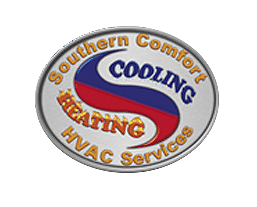
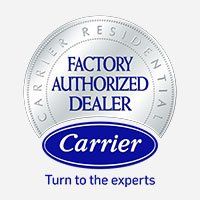
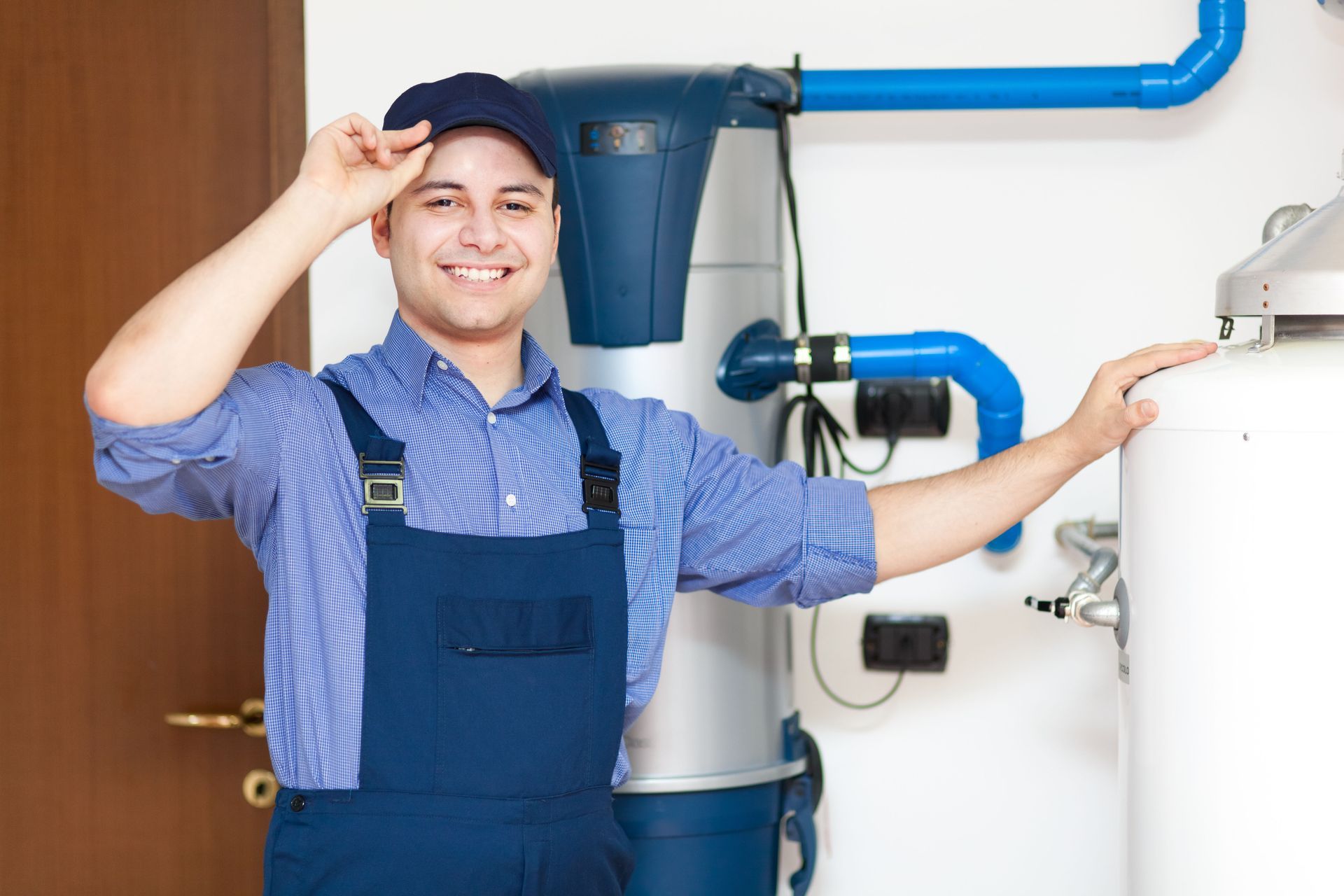
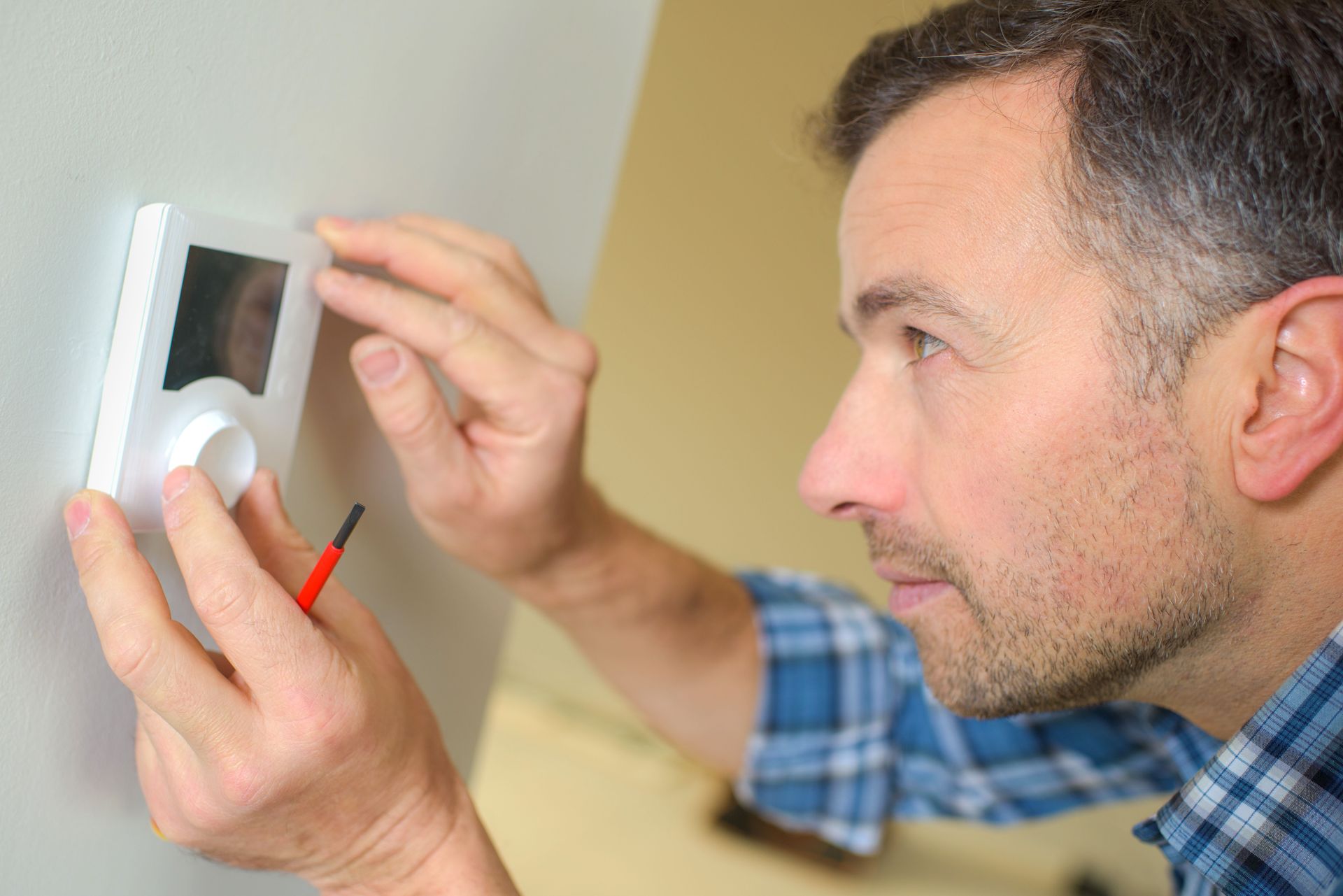

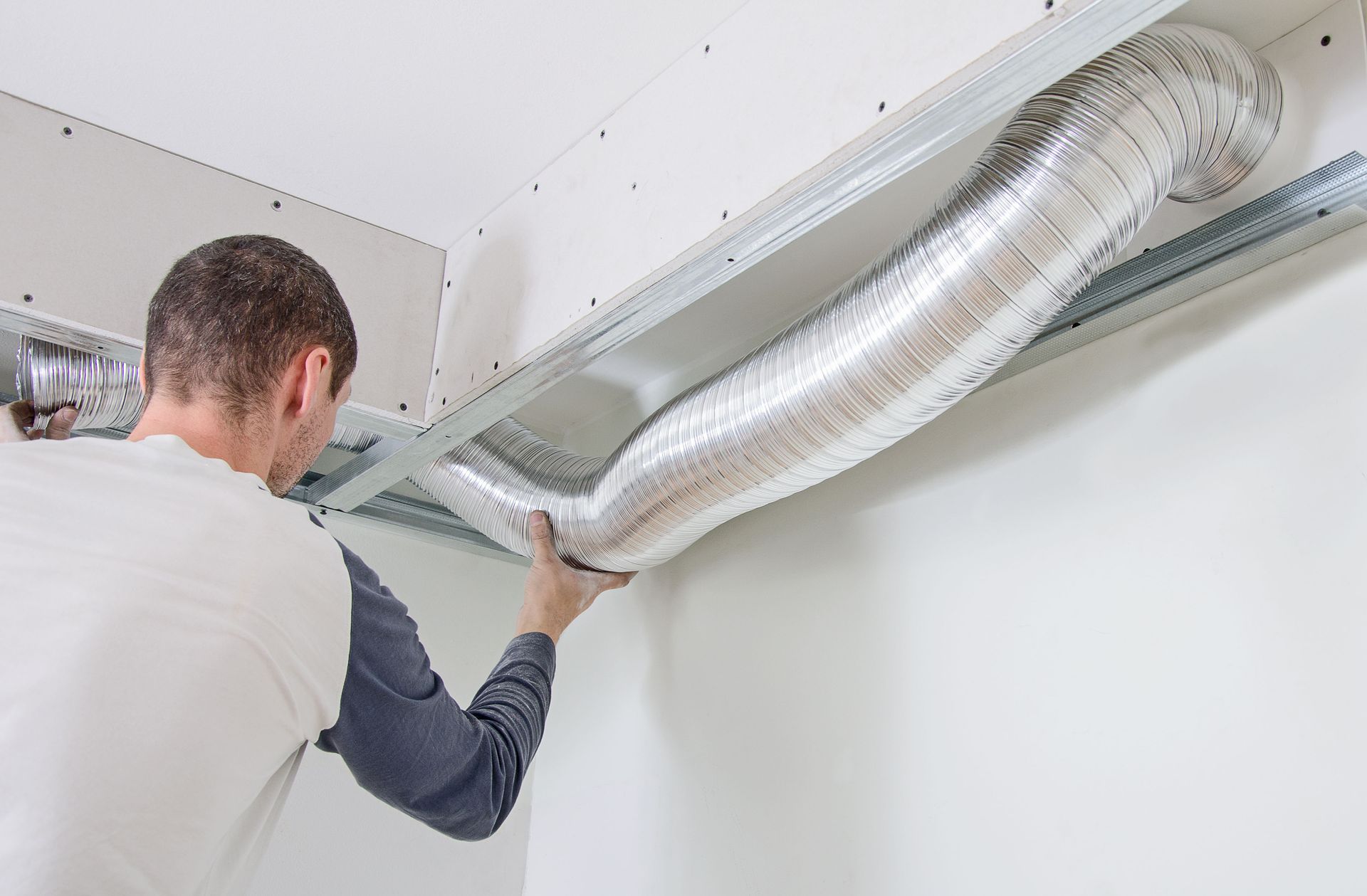
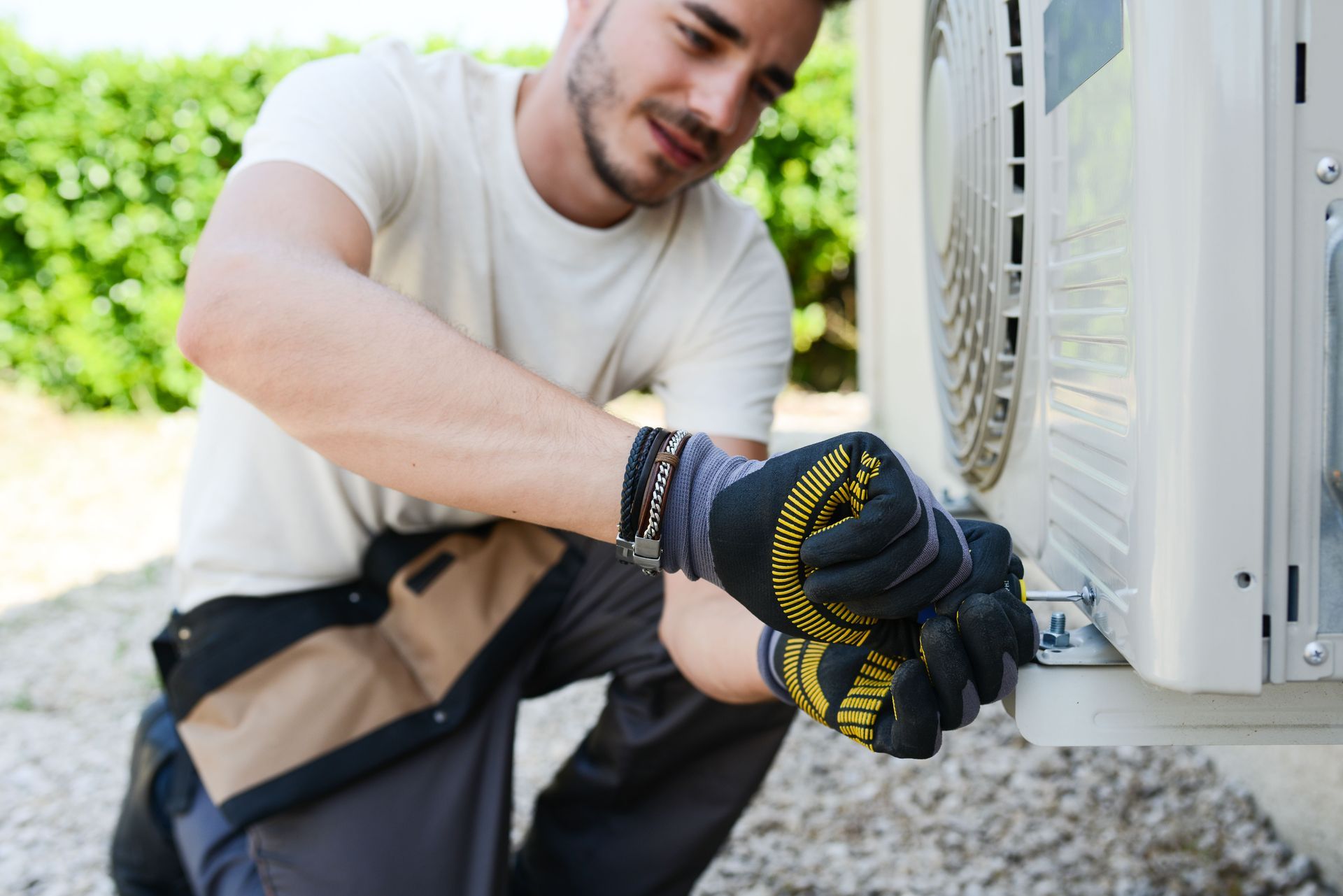
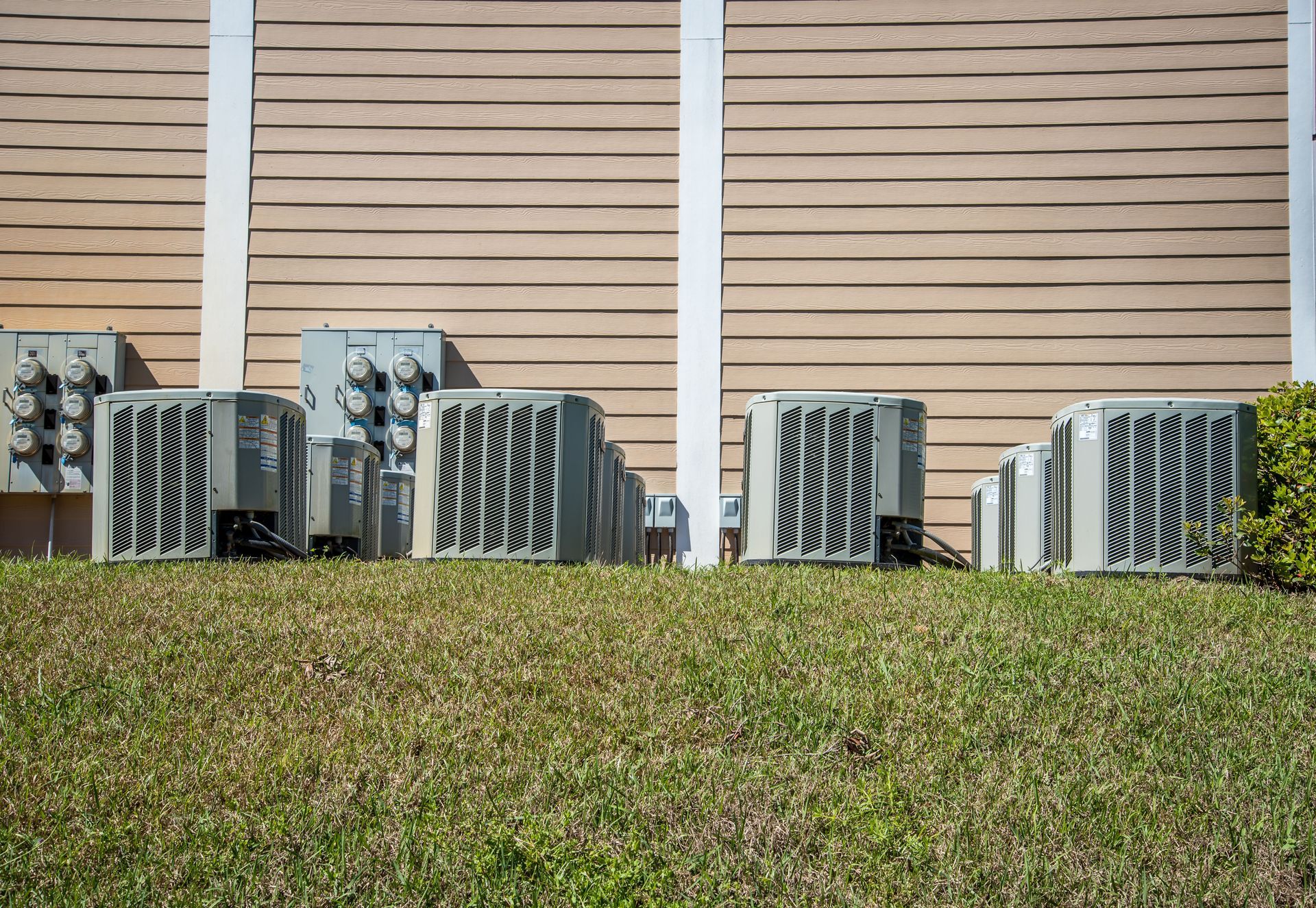
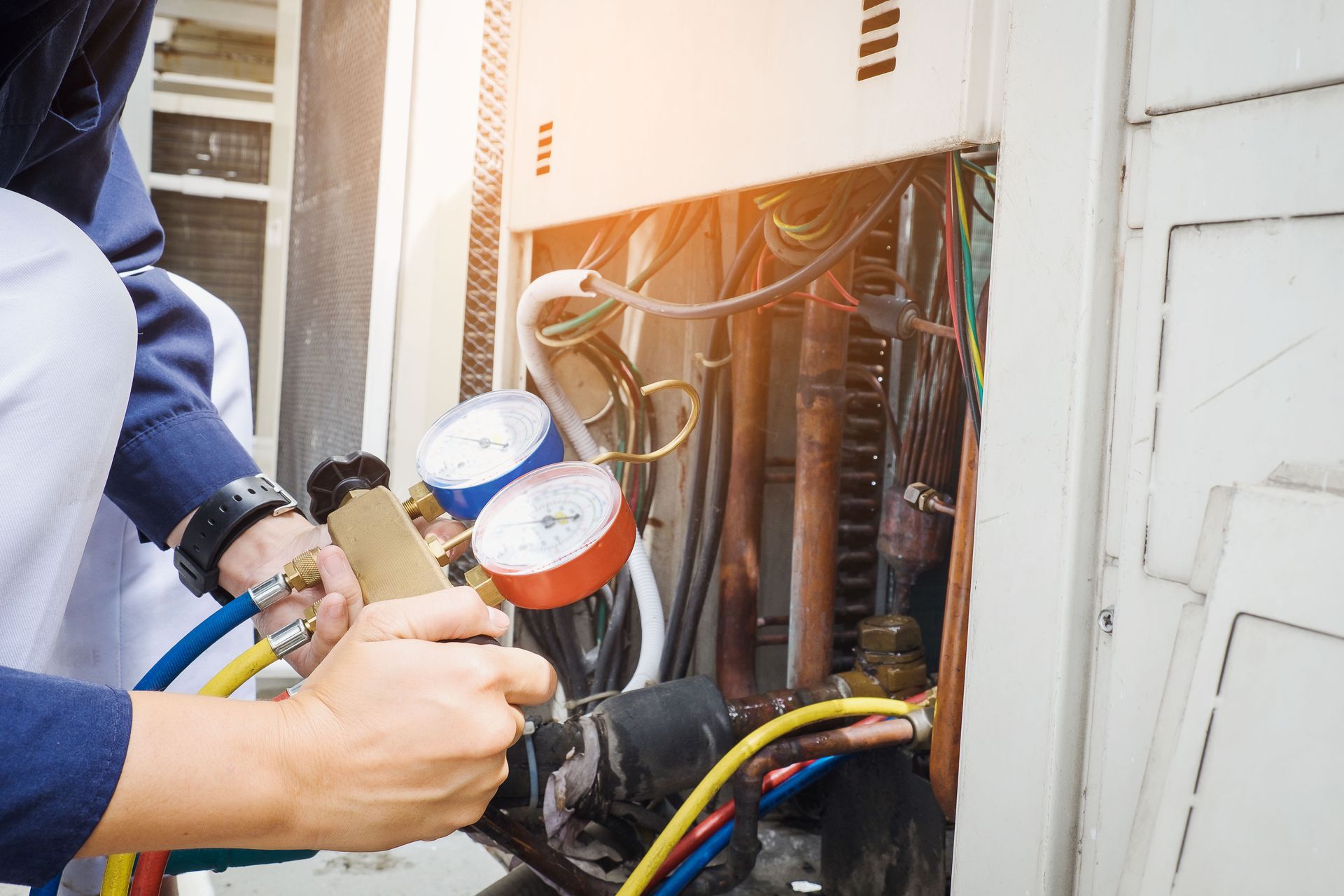
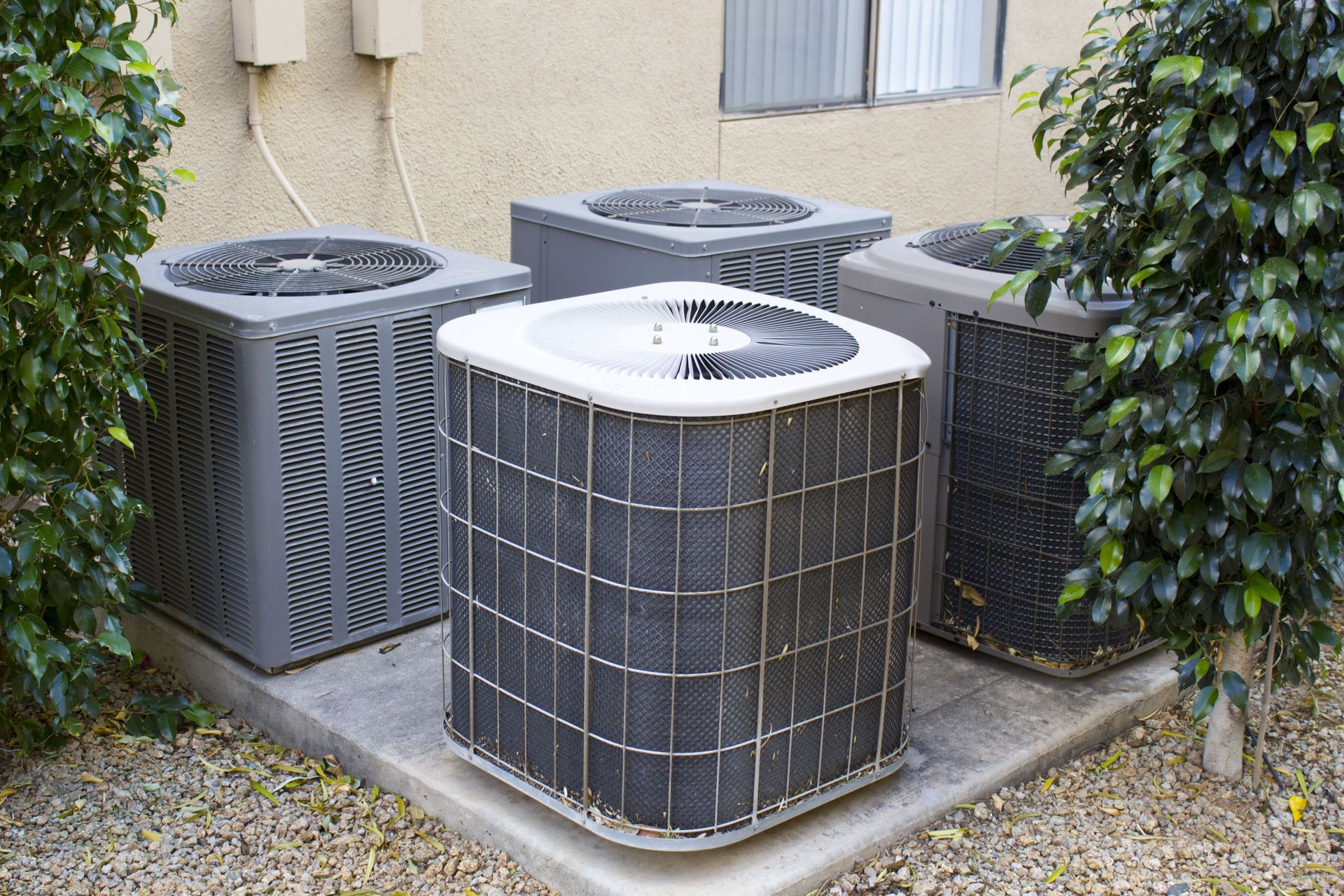
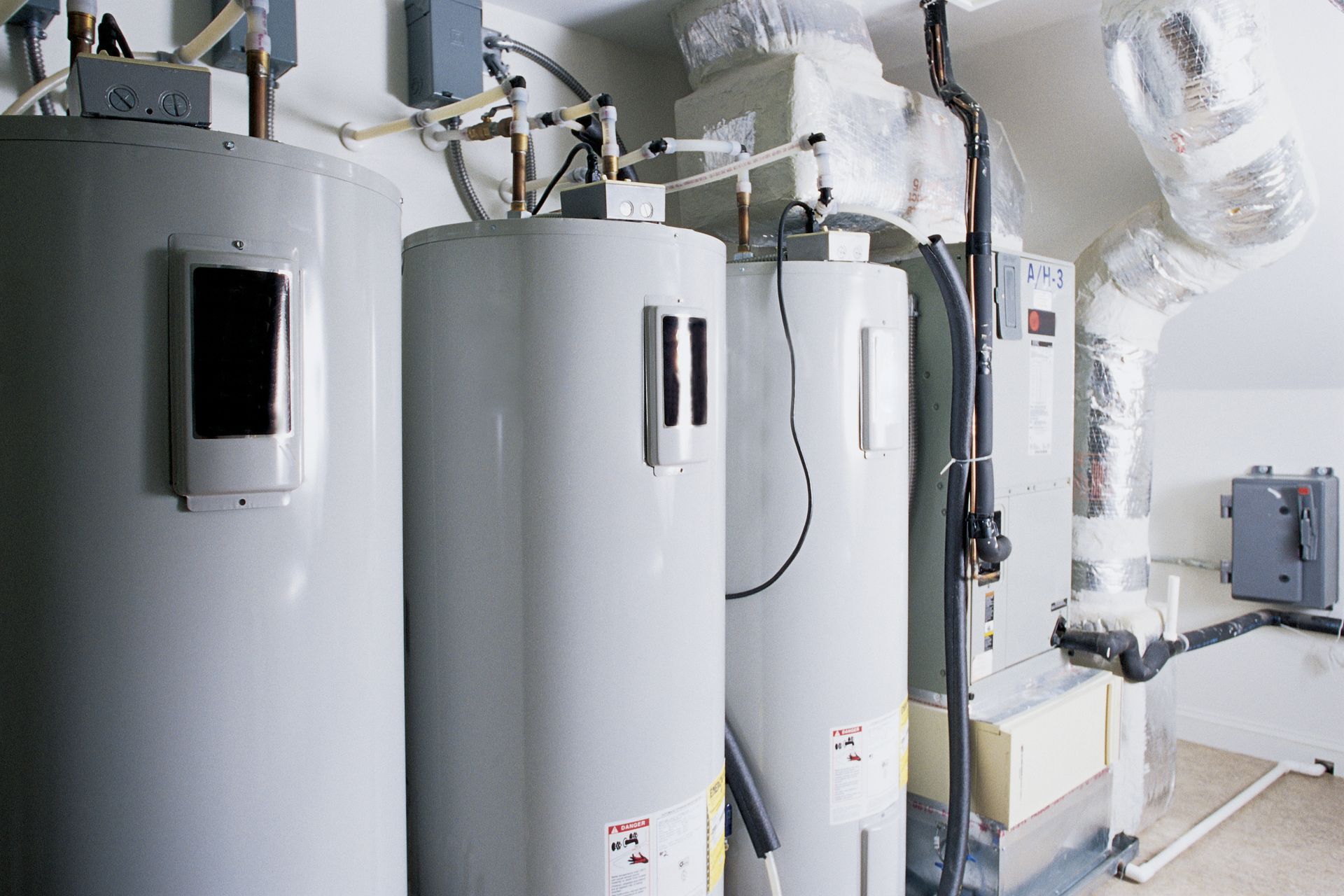
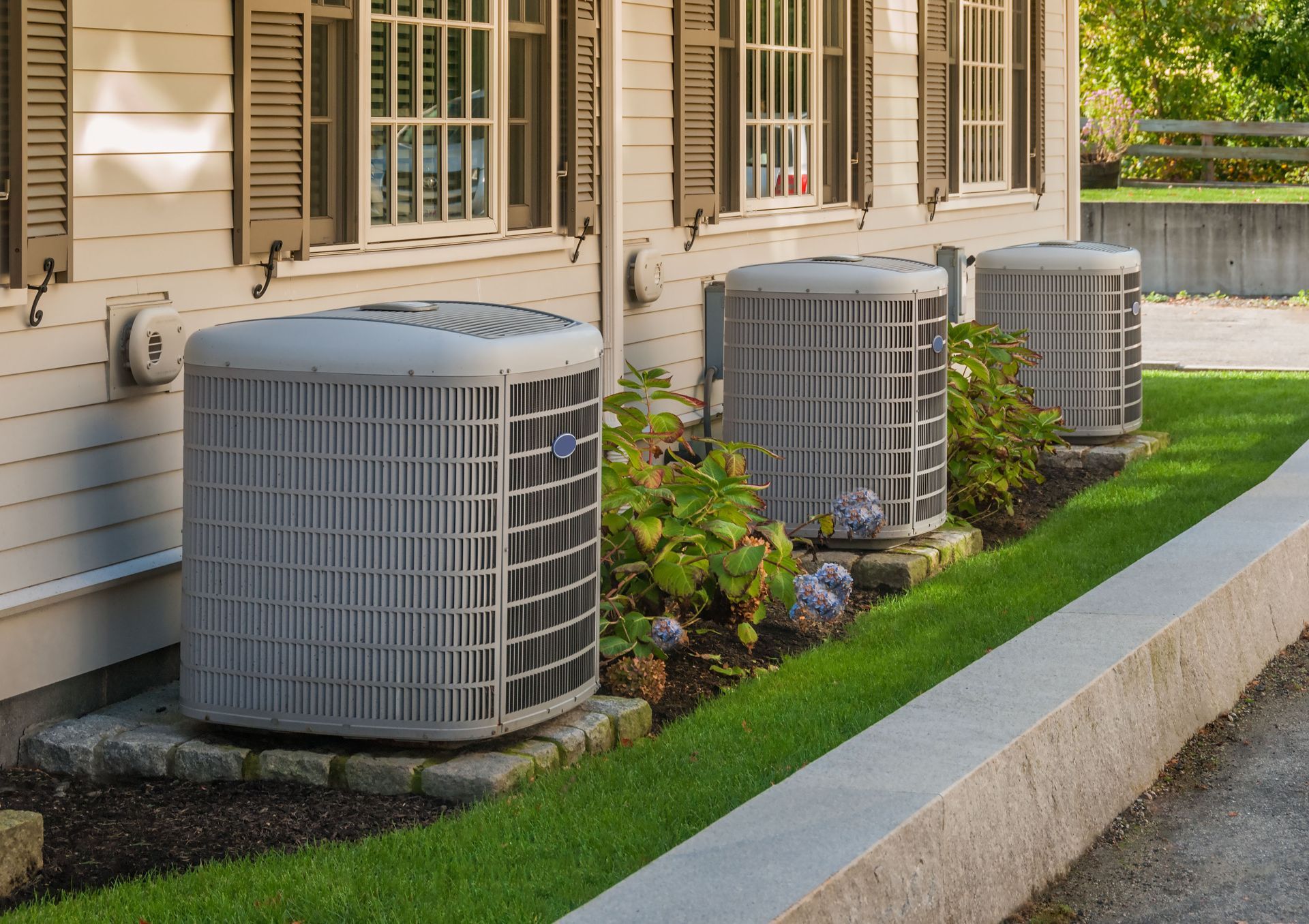
Share On: